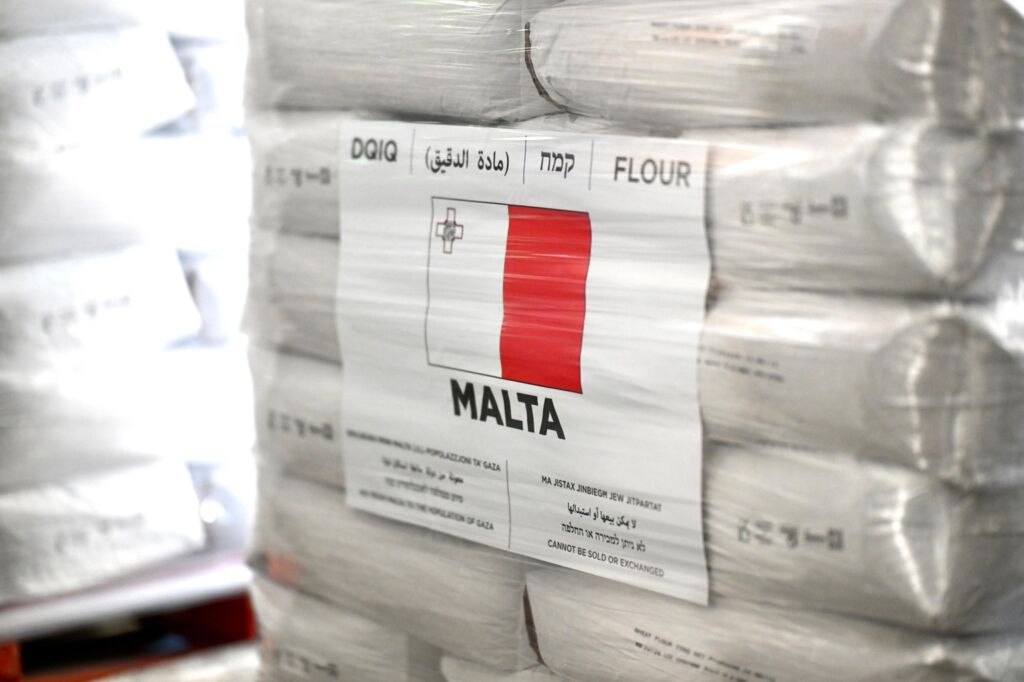Unemployment and labour shortages are big issues in Europe, and indicate the state of affairs that shape each country. In May 2025, Eurostat estimated that roughly 13.1 million people were unemployed in the bloc, with one million vacant jobs in Germany and half a million in France.
So, where are job vacancy rates highest and lowest in Europe? What is the situation in Malta?
According to the job vacancy rate (JVR), there is an average of 2.1 per cent of jobs in the EU that are not occupied in the second quarter of 2025.
To calculate the JVR is to take both the number of job vacancies and the number of occupied posts, to show the total demand and vacancies.
This means that a 2 per cent rate means that if there are 100 jobs in total, 98 are occupied and three of vacant.
The job vacancy rate (JVR) varies significantly across Europe, ranging from 0.6 per cent in Romania to 4.2 per cent in the Netherlands. While this comparison does not account for the many country-specific factors that influence labour markets, it provides a useful snapshot of the different employment dynamics across the continent.
Northwest Europe records some of the highest vacancy levels, with Belgium at 4.1 per cent, Austria and Norway both at 3.4 per cent, and the Netherlands at the top of the scale.
By contrast, the lowest vacancy rates are found in Romania (0.6 per cent), Spain and Poland (0.8 per cent), Bulgaria (0.9 per cent), and Turkey and Slovakia (1.1 per cent), highlighting weaker demand in Eastern and Southern Europe.
Malta stands out as an exception within Southern Europe, registering a vacancy rate of 3 per cent – placing it closer to Northwest European levels of labour demand.
Among 30 countries, including EU members, candidates, the UK, and European Free Trade Association (EFTA) states, Germany has the highest number of vacancies at 1.05 million.
At the same time, Germany is the most popular destination for migration in Europe. Germany had the largest absolute number of immigrants in 2023, according to Eurostat.
Spain, however, shows a different picture. It ranks 8th in job vacancies with 145,000, yet follows closely behind Germany in total immigration with 1.25 million. This indicates that each country needs to be examined separately, taking into account factors such as the size of its economy and growth trends.
Iceland (5,000) has the lowest number of job vacancies, followed by Luxembourg (7,000), Malta (8,000) and North Macedonia (10,000).
The JVR reflects the the unmet demand for labour, as well as potential mismatches between the skills and availability of those who are unemployed and those sought by employers.
Skill shortages are becoming a major sore point for employers, in Europe and Malta. In fact, nearly half of respondents to a small and medium businesses on the islands survey listed employee shortages (45 per cent) as their top concern this June.
And while job vacancies are low in Malta, incentives to upskill will be vital to keep numbers low, workers competitive and of course, jobs filled.
Malta’s olive oil cooperative predicts good harvest, but future remains bleak
Malta's olive oil farmers face a number of financial and environmental hurdles
Award-winning travel host Peter Greenberg’s Hidden Malta premieres in US
The event was one of three major developments unveiled to boost tourism from the region
5,000 sacks of flour from Malta are currently feeding Gaza
Another batch of 5,000 sacks of flour is being prepared to send to Gaza






